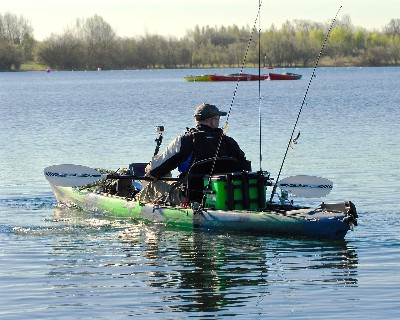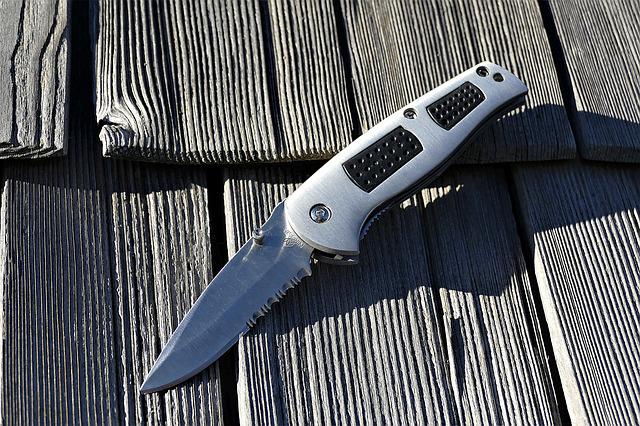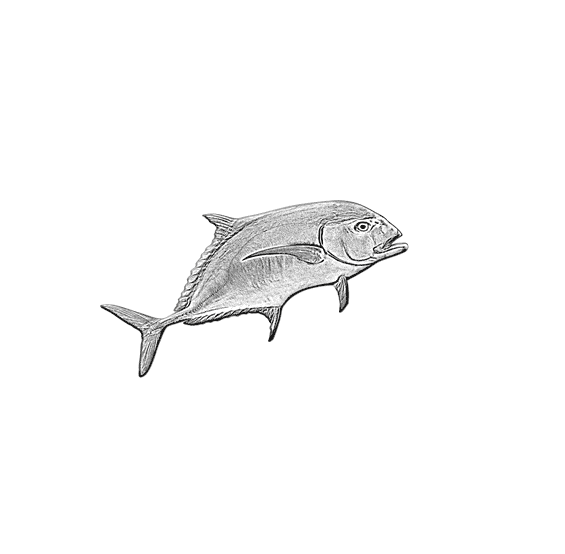
Kayak Fishing Tips
Kayak fishing has become extremely popular over the last few years. Even if you consider yourself an accomplished angler, doing it from a kayak is a whole different experience. There are numerous considerations to take into account while fishing from a kayak. Here are some ideas to make your kayak fishing more memorable.
Is it Possible to Fish from a Kayak?
Heck yes! Depending on the area, fishing from a kayak is perfectly safe and legal. Always verify the fishing restrictions in the region you plan to kayak in before going, but if fishing is permitted, you are free to fish from your kayak.
The following advice will assist you in learning how to fish from a kayak.
Make an Investment in Your Kayak

You get what you pay for when it comes to kayaking, yet kayaks keep their value well. Many expert kayakers recommend starting with a kayak that fits your budget and gradually increasing until you’re satisfied with the outcomes. Others advise purchasing a more costly kayak today that will pay off in the long run as you will receive better value for your money.
Even the most basic kayaks may be outfitted with the addition of frills and add-ons. Adding these accessories to your kayak will help you create the kayak of your dreams while also ensuring you have enough of storage for your kayak fishing gear and essentials.
Helpful Tips:
1. First, Take Your Kayak Out on Its Own.
Consider taking your kayak out on its own before bringing all of your gear, even if you’re an experienced kayaker or angler. Scouting and testing the region ahead of time can assist in determining the area’s safety and necessary experience level.
It’s vital to bring your kayak without any fishing gear so you can assess the wind and weather conditions ahead of time. If you jump right into the water without first testing, you may find yourself in over your head, with all of your equipment on top at the bottom.
2. Select a Technique That Is Effective
Even if you’ve been fishing for a long time, you’ll find that kayak fishing presents a lot of new challenges. There are many more variables to consider than when fishing from shore.
While two-handed casting can be done easily on land, it can be cumbersome in a kayak. You should keep in mind that one of your hands will be gripping the paddle. Learning to cast one-handed is a useful skill for kayak fishing, according to many kayak fishermen.
You should learn to cast and paddle single-handedly once you’ve mastered casting. Once you’ve mastered single-handed casting and paddling, you’ll have no trouble getting around while fishing. To gain some practice, slowly start using just one hand. Keep at it and you’ll master it in no time.
3. Use Simple Lures
When fishing from a kayak, recovering stuck lines may be more challenging. It can be nearly impossible to get your kayak close enough to free a stuck line when fishing in a lake or pond with many trees and barriers. When a kayaker’s line gets too far gone to be released, it’s fairly common for them to have to cut it and start over.
Good advice for kayak anglers is to use inexpensive or simple lures that you won’t mind losing if you need to cut them loose.
4. Current
One of the fundamentals of kayak fishing is to evaluate your surroundings. If the current is high in the area where you’re fishing, even expert kayakers find it difficult to keep their boat in one place, and trying to fish while also mastering the water conditions can be challenging.
There are less things to consider when fishing from the shore. Wind, water, and weather all play a big role when you’re out on the water, especially in a kayak. To fish more accurately in their kayak, kayakers must learn to master the water with their paddle.
Freshwater and saltwater may have differing currents, which is important to bear in mind.
5. Make Use of an Anchor
An anchor is not commonly associated with kayaking however, in certain conditions one might be needed. Many kayakers are uninterested in anchoring in place because most kayaks are lightweight, and glide smoothly through the water. When fishing from a kayak, however, the river, wind, and other factors may cause your kayak to drag and make fishing impossible.
When necessary, you can use a lowering anchor to keep your kayak in place and make fishing much easier.
6. Purchase an Outrigger or Stabilizer
When a big gamefish hits your bait, and pulls like mad, it can be difficult to focus on keeping your balance in a kayak. An outrigger or stabilizer system is useful in this situation. The kayak is stabilized by one outrigger on each side, allowing you to focus on what you’re there for: catching fish.
Outrigger systems are normally inexpensive, but depending on your needs and budget, there are some very high-end variants available. We recommend starting with a low-cost option and then deciding whether or not to upgrade later.
7. Shallow is Often Better
Paddling out to deeper seas to fish from your kayak may seem appealing. While this may be perfect in a larger boat, the wind and tide may easily affect a kayak. When you fish in the center of a body of water, the current becomes stronger and your kayak becomes more vulnerable.
There will be less current if you keep along the boundaries of the body of water in the shallow area. You’ll have an easier time casting and fishing from your kayak because it will take less punishment.
8. Your Feet Can Assist You
The majority of individuals do not consider using their feet when kayaking. However, fishing from a kayak might be easier if paddlers use their feet. Because their hands are engaged, many kayakers will use their feet to help steer and navigate when fishing from their kayak.
When fishing from a kayak, it’s important to everything available to you as you’ll be involved in lot of multitasking.
9. Carry a Knife at All Times

A knife is crucial when fishing from a kayak, not merely for cutting loose stuck lines. Although you never know what you’ll need to cut, being inside your kayak puts you in a more vulnerable position.
A knife that can be flipped closed for further safety is essential to have on you at all times.
10. Clothing
It’s crucial to remember the elements when fishing from your kayak, even if the weather is hot when you’re on the water. When you’re on a kayak, your back, neck, shoulders, and other body parts are completely exposed. This means that the sun shines straight on your upper torso for the majority of the day.
This can be taxing and damaging to the body. It is critical to protect yourself from the sun while kayaking by wearing suitable sun protection.
11. Be Visible
It’s critical to wear bright colors so that other kayakers or swimmers are aware of your presence. It’s easy to become engrossed in your fishing and fail to notice if someone is around. Others may be able to see you if you wear bright colors and stick out among the surroundings.
Department stores and sporting goods stores sell brightly colored fishing gear and attire to assist you to stand out and be noticed.
12. Get a Kayak Fish Finder
Some people think it’s cheating, while others think it’s a good method to improve the hunt. Modern maritime electronics are being used in a variety of fishing techniques, so why not adapt them to kayak fishing as well? The market is broad, and you don’t have to spend a fortune.
Find Out More About Extras
If you’ve ever kayaked before, you’re probably aware that there’s not a lot of room, especially for all of the fishing gear. Once you’ve become used to fishing from your kayak, you might want to consider adding a crate to it.
Adding a crate to your boat provides you more room to store your goods and keep it with you while you’re out on the lake. When kayaking, it’s crucial to be able to carry all of the fishing gear you’ll need for the day. You may improve your angling skills by learning about all of the extras that come with making your kayak as efficient as possible.
Why Not Give Kayak Fishing a Try?
At the end of the day, kayak fishing just might be a difficult but rewarding activity for you. At first, mastering and learning the ropes can be hard. Following this kayak fishing tip guide can assist you in learning a few new kayak fishing techniques. Go for it!
See also Best Kayaks for Fishing
